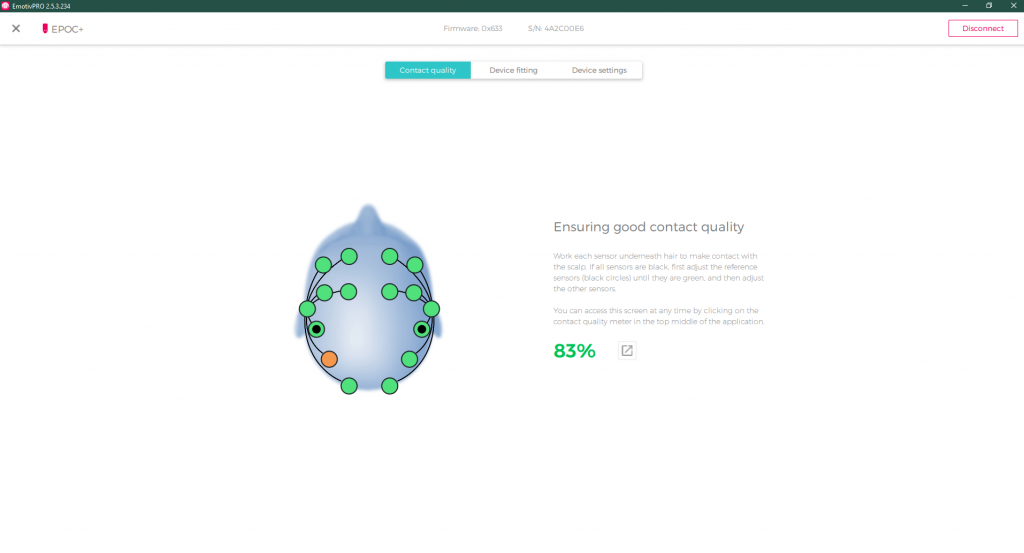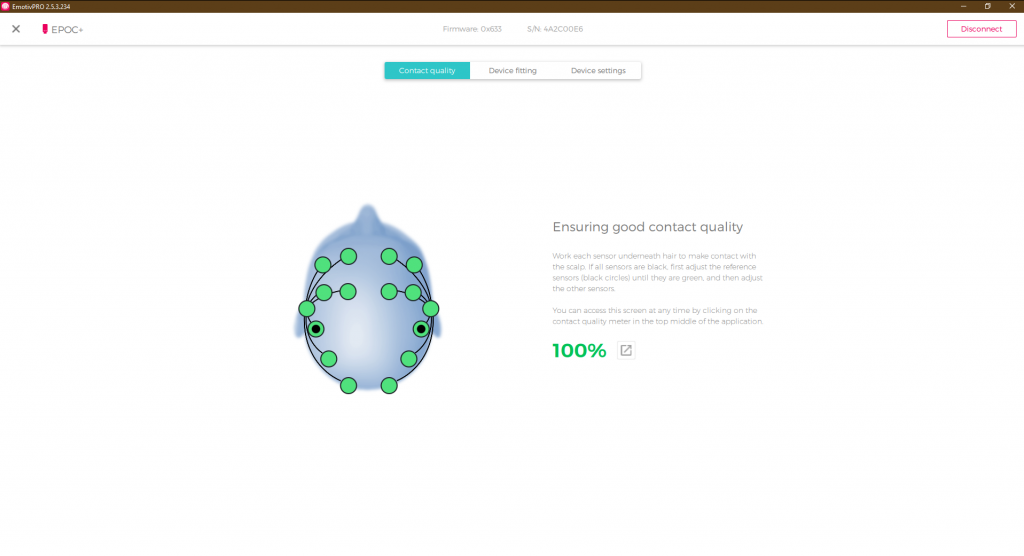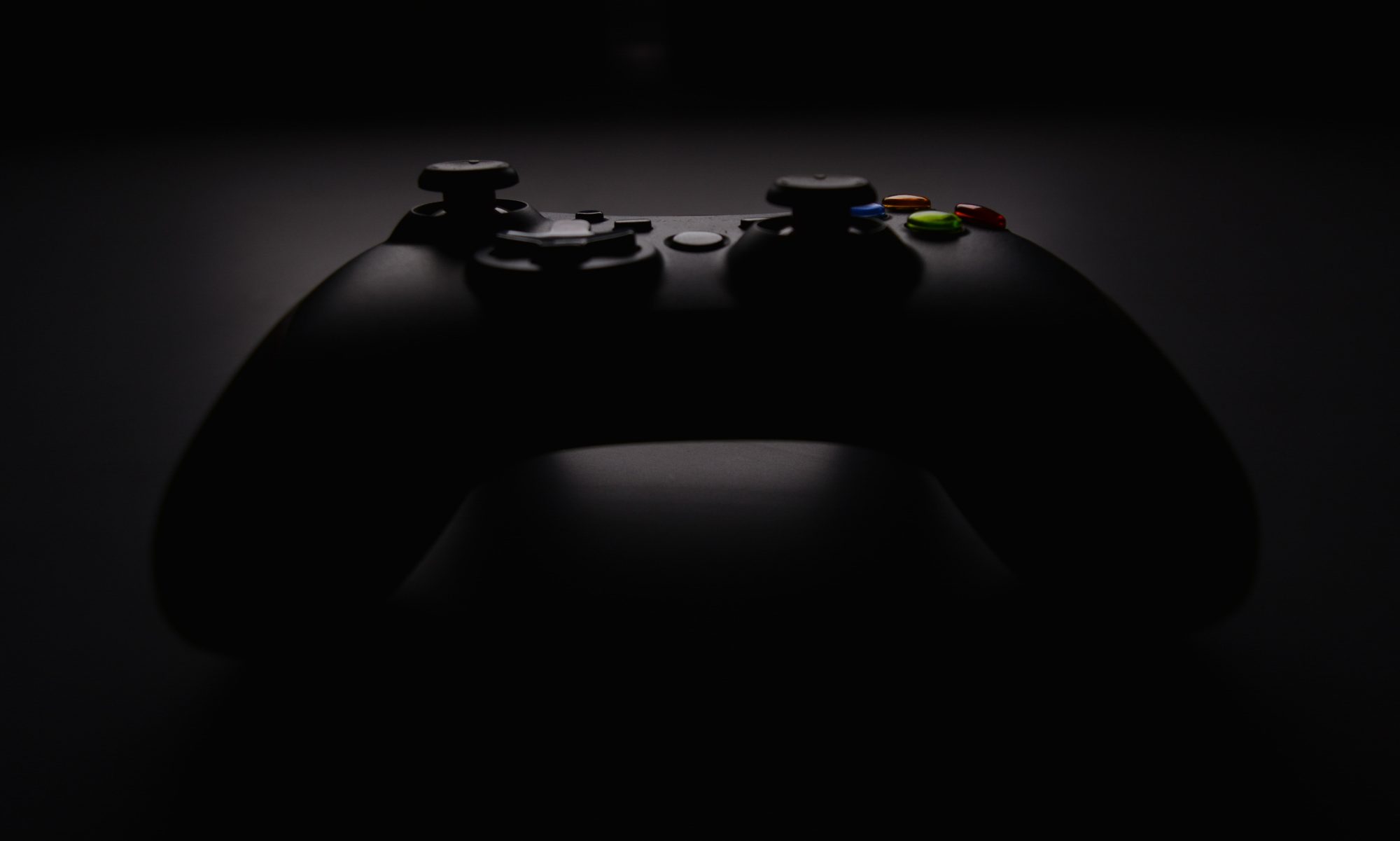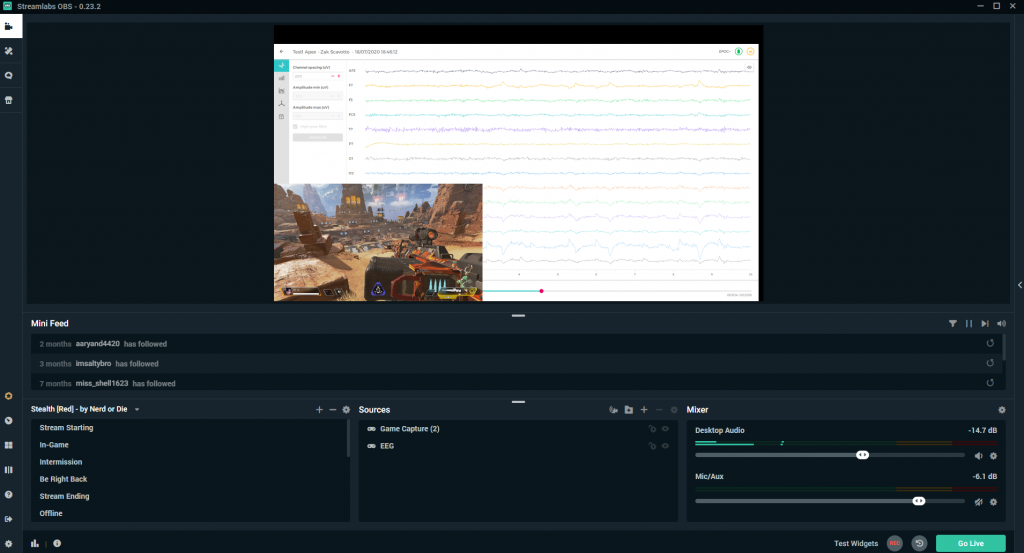This week, I utilized Streamlabs OBS to record an EEG and gameplay at the same time, as I described in last week’s post (7/20-7/26).
For Magic: the Gathering Arena, I was able to get a contact rating of 83, as shown in the picture below, but during the first match played this decreased to 66.

Here is the video of the gameplay and the EEG for reference:
While playing Magic, I found that the nodes that were the most active were F7, FC5, T7, AF3, and O2. These nodes were the most active during the change from my turn to the opponent’s turn and when the opponent was making big plays, such as playing a high-costing spell.
For Apex Legends, I was able to get a contact rating of 100, as shown in the picture below.

Here is the video of the gameplay and the EEG for reference:
While for Magic the technical problem was in the contact rating, in Apex I found that at the start of each match, the recording of EmotivPRO would freeze even though the actual EEG recording did not freeze. This problem is most likely due to the competition for resources on my computer between Streamlabs and the game itself. Despite this, I was still able to make good observations about brain activity.
While playing Apex, I found that the nodes that were the most active were AF3, AF4, F7, FC5, and O2, similarly to Magic. However, I found that they were consistently much more active than they were in Magic. This is likely because, in Apex, you are in a constant need to be aware in case enemies surprise you, while in Magic the game is much more controlled so your brain doesn’t need to be constantly as aware.
These were the key observations that I made, and in the coming weeks I hope to look into the more.

